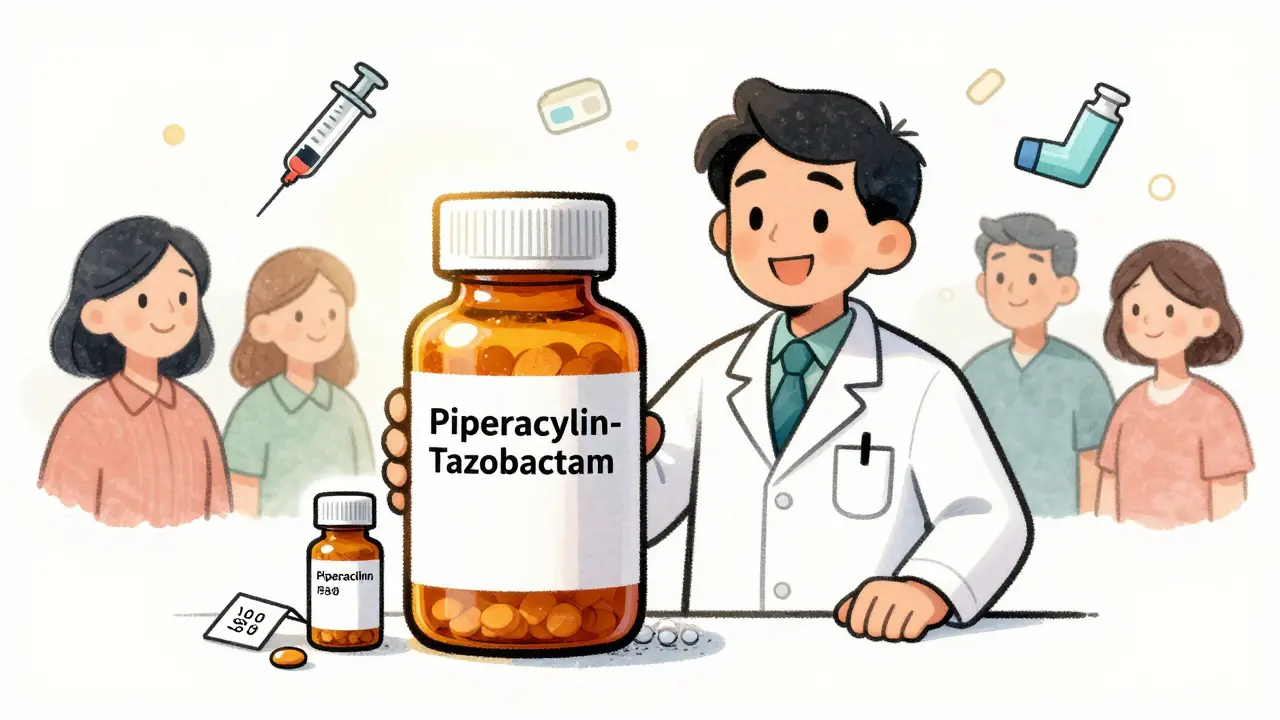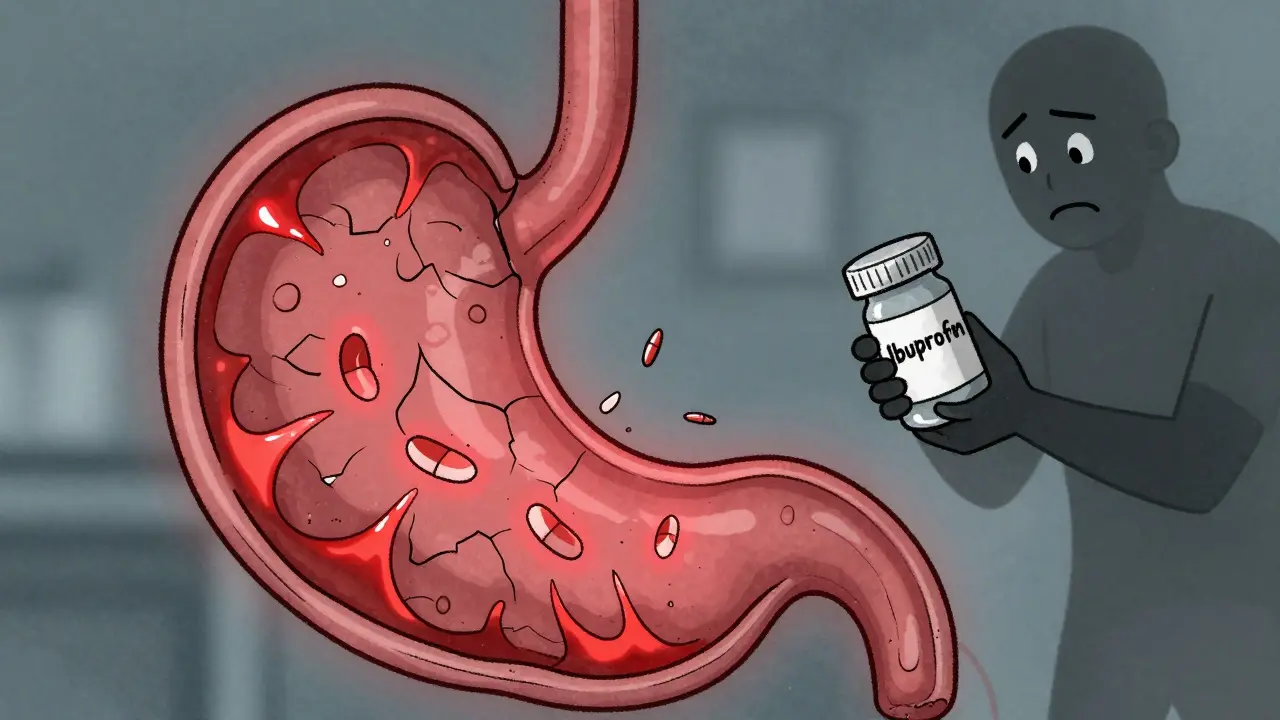Ask any group of people managing type 2 diabetes about their meds, and Metformin is usually first on the list. But what if your main struggle isn’t just high blood sugar—it’s also extra pounds that just won’t budge? Here’s a truth bomb: not every medication helps with both. Some might even nudge your weight up. That's why a new class of drugs is getting attention: GLP-1 receptor agonists. They don't just tackle glucose levels—they also help shed unwanted weight. Let’s get real about how these treatments work and whether they could be a game-changer for you or someone you care about.
Why Metformin Isn’t a One-Size-Fits-All Solution
For years, Metformin has been the starting-line med for most people diagnosed with type 2 diabetes. It’s safe, cheap, and most folks tolerate it pretty well. But the big story? It's not a magic bullet for everyone—especially if extra weight is the main issue holding you back from better health.
Sure, Metformin helps a bit with weight, but for people who are extra sensitive to changes in weight—think those struggling with obesity or stubborn pounds after tackling lifestyle changes—it may not be enough. Plus, not everyone’s body gets along well with Metformin. Some people feel stomach upset or other side effects that send them hunting for something new.
Recent research backs up those feelings. In a study published by Diabetes Care in 2023, about 18% of type 2 diabetes patients on Metformin reported gastrointestinal side effects severe enough to consider stopping or switching medications. For weight-sensitive patients, it’s not just about tolerability. Metformin’s average weight loss is usually three to four pounds—helpful, but often not life-changing if you’re hoping for a real shift in your diabetes risk.
And here’s another practical thing: as diabetes progresses, Metformin alone sometimes can’t keep blood sugar levels low enough. Combination therapy, or switching up medicines, becomes the next step—especially for those with weight as a primary concern. The good news? The diabetes pharma scene isn’t standing still. There are more choices than ever.
GLP-1 Receptor Agonists: What They Are and Why Doctors Love Them
GLP-1 stands for glucagon-like peptide-1, but you don’t need to remember that. What you do need to know is that these drugs are designed to copy a hormone your gut produces when you eat. That hormone nudges your pancreas to pump out insulin only when your blood sugar goes up—smart, right?
But here’s the secret weapon: GLP-1 receptor agonists also talk to your brain, telling you, “Hey, you’re full now, so stop eating.” They slow down how fast food leaves your stomach, making you feel full for longer. People taking these meds usually see much more dramatic weight loss than those on Metformin alone.
Countless studies confirm the dual action. For example, the SURPASS-2 trial (2022) compared the GLP-1 agonist tirzepatide with another top GLP-1 drug, semaglutide. The result? Tirzepatide users lost up to 17% of their body weight. That’s not a typo—17%! Semaglutide users averaged between 10-15%. Compare that to Metformin’s modest effect, and you see why people are getting excited.
Here’s a simple table laying out some of the top GLP-1 agonists, their average weight loss, and their most common side effects:
| Medication | Average Weight Loss (%) | Common Side Effects |
|---|---|---|
| Semaglutide (Ozempic/Wegovy) | 10-15 | Nausea, vomiting, diarrhea |
| Liraglutide (Victoza/Saxenda) | 8-10 | Nausea, constipation, headache |
| Tirzepatide (Mounjaro/Zepbound) | 15-17 | Nausea, decreased appetite |
Beyond the scale, these meds earn high marks for slashing A1C (that long-term blood sugar test) by up to two full percentage points. That can make a real dent in your risk for diabetes complications like nerve damage or vision loss.
Doctors love GLP-1s for another reason: they’re heart-friendly. Big trials like the LEADER study (2016) show that liraglutide reduced the risk of major heart events—think heart attack and stroke—by 13%. For people with diabetes who are also wrestling with heart risk factors, that’s huge.
If you’re already feeling burnout from endless dieting or “eat less, move more” advice, it’s eye-opening to learn that these meds do more than just tweak blood sugar from the inside. They actually help your day-to-day efforts pay off.

Choosing the Best Alternative to Metformin
Now you might be wondering, “Isn’t this all too good to be true?” Like any medication, GLP-1 receptor agonists aren’t for everyone. Some folks can’t tolerate nausea or stomach troubles, though these usually fade after a few weeks. Rare risks—like pancreatitis—exist, but for most, these meds are considered pretty safe. Weight regain can sneak up if you stop taking them, so long-term use is key if you want lasting benefits.
One sticking point? Price. GLP-1 agonists are usually injectables (although an oral version of semaglutide is now out there), and out-of-pocket costs can sting if you’re not well covered by insurance. Some people claw back costs with savings cards or by working with specialized clinics, but coverage is a shifting landscape you have to check in real time.
Think about your daily routine, too. While some are once-daily shots, others only need a weekly dose. Semaglutide and tirzepatide both fall into the weekly club, and lots of patients say it’s about as easy as keeping track of your dog’s heartworm meds—hard to forget, even for someone as scatterbrained as me when Max starts barking at the squirrels.
If you’re still debating your next step, check out the rundown of the best alternative to Metformin, including comparisons of GLP-1 drugs and other options like SGLT2 inhibitors. These resources can help you map out a game plan with your healthcare team that matches your health goals—and your sensitivity to weight changes.
Pro tip: When you meet with your doctor, bring up your specific concerns about weight. Ask about both the risks and benefits—don’t assume GLP-1s are off the table just because you’ve never tried an injectable. With diabetes, the best outcomes usually come when you match the right meds to your unique story. If you have pets like Max, sharing stories about managing snack temptations together could even make your next checkup less stressful.
Living—and Thriving—with GLP-1s: Real-World Tips and Success Stories
So, what’s it actually like living on one of these new generation drugs? People often start seeing weight drop within the first two to four weeks. The appetite change isn’t subtle, either. Some folks who used to wolf down entire pizzas (guilty as charged, especially on those late game nights) are suddenly content after just a couple of slices.
Sticking to the treatment can be tough at first if you get hit with stomach issues. A lot of patients share that dosing “low and slow”—gradually increasing the dose as prescribed—keeps things more manageable. Drinking plenty of water, eating smaller meals, and steering clear of high-fat foods seem to help, too. Those are the same tricks I use when Max gets his “table scraps” face going—no matter how cute the dog, moderation wins.
Community support online is strong, and there’s no shame in crowd-sourcing coping tips. Some people add a bit of gentle exercise, since the lower appetite makes it easier to resist snacking. Others focus on high-protein foods, which fill you up even longer. It’s not all sunshine and roses—constipation is a common struggle, but drinking fiber drinks or munching on more veggies makes a real difference for many.
If you’re curious about the numbers, some people have lost 30, 40, or even more pounds over a year on GLP-1 receptor agonists, with A1C numbers tumbling into the healthy range. These aren’t just clinical trial stories—this is happening for everyday folks juggling work, pets, soccer practice, and weekend projects.
One thing most successful patients have in common: they team up closely with their care team. Regular check-ins, tracking blood sugar and weight at home, and making swift adjustments when life throws a curveball helps keep the momentum going. Some keep a “progress journal”—think of it like posting photo updates of Max after a serious grooming session: satisfying, motivating, and a great way to see how far you've come.
If you want to hear more firsthand experiences, patient communities on Reddit or Facebook spill the real tea (and the occasional complaint about bland hospital food). Doctors are catching on, too—GLP-1 receptor agonists are now recommended by ADA guidelines (American Diabetes Association) for people with diabetes and co-existing obesity.
The right medication choice won’t solve every challenge faced by weight-sensitive patients with diabetes, but science has truly opened doors. GLP-1 receptor agonists do more than just tweak numbers—they can help people feel more empowered and in control, finally putting both glucose and weight on your terms.







Carmelita Smith
July 11, 2025 AT 15:40GLP‑1s are a solid option if Metformin isn’t cutting it 😊.
Liam Davis
July 12, 2025 AT 08:20It’s true that GLP‑1 receptor agonists can deliver both glucose control and significant weight loss, and the data from trials like SURPASS‑2 and LEADER are especially compelling; patients often see a double‑digit percent drop in body weight, while A1C levels improve by up to two points-remarkable results for many who struggle with Metformin alone. However, the gastrointestinal side effects, such as nausea and occasional vomiting, should be discussed with a healthcare provider before starting therapy, because they can affect adherence. Moreover, insurance coverage varies widely, so checking formularies and possible savings programs early can prevent unexpected out‑of‑pocket costs. Overall, GLP‑1s represent a powerful tool, but individual tolerance and financial considerations remain key factors 😊.
Arlene January
July 13, 2025 AT 01:00Totally get the concern about the tummy issues-many folks report that they ease up after the dose is titrated slowly. Just remember to keep hydrated and eat smaller, balanced meals; it really helps the nausea subside. Stick with it and you’ll likely notice the scale moving in the right direction!
Kaitlyn Duran
July 13, 2025 AT 17:40I’ve seen a lot of people mention that the weekly injection schedule fits nicely into a busy life, almost like setting a reminder for a favorite TV show. The appetite‑curbing effect can be a game‑changer, especially when cravings used to derail healthy eating plans. One tip that works for many is pairing the medication with a high‑protein breakfast to stay fuller longer. Also, staying active even with short walks amplifies the weight‑loss benefits without feeling like a chore. Overall, the combination of consistent dosing and lifestyle tweaks can make the GLP‑1 experience far more rewarding.
Terri DeLuca-MacMahon
July 14, 2025 AT 10:20Exactly!! 🎉 The convenience of a once‑weekly shot is a lifesaver for folks juggling work, family, and even pet‑care responsibilities 🐶. And that appetite‑suppressing magic? It really helps cut down on those late‑night snack raids 🍪-no more guilt trips! Just be patient with the initial tummy hiccups; they usually fade, and the steady weight drop follows. Stay motivated, and remember you’ve got a community cheering you on! 💪😊
gary kennemer
July 15, 2025 AT 03:00When evaluating GLP‑1 receptor agonists as alternatives to Metformin, it helps to adopt a holistic perspective that balances biochemical efficacy with the lived realities of patients.
First, the pharmacodynamics of GLP‑1 agents align closely with the body’s natural incretin response, meaning they enhance insulin secretion only when glucose levels rise, thereby reducing the risk of hypoglycemia.
Second, the central nervous system effects-specifically the promotion of satiety-address a core driver of weight gain, which Metformin only modestly influences.
Third, multiple cardiovascular outcome trials, such as LEADER and REWIND, have demonstrated a reduction in major adverse cardiac events, adding a layer of protective benefit that is increasingly important in a population with elevated cardiac risk.
Fourth, the side‑effect profile, while dominated by gastrointestinal symptoms, is generally transient and can be mitigated through a gradual dose escalation protocol.
Fifth, cost considerations remain a barrier; however, many insurance plans now cover at least one GLP‑1 formulation, and patient assistance programs can further alleviate financial strain.
Sixth, adherence improves when dosing frequency aligns with patient routines-weekly injections often outperform daily regimens in real‑world settings.
Seventh, the psychological impact of visible weight loss should not be underestimated, as it can reinforce healthy behaviors and improve self‑efficacy.
Eighth, clinicians should monitor renal function and screen for rare pancreatitis signs, adhering to guidelines that recommend baseline assessments before initiation.
Ninth, integrating GLP‑1 therapy with lifestyle counseling creates a synergistic effect, where modest dietary adjustments amplify pharmacologic weight loss.
Tenth, the emerging oral semaglutide formulation expands options for patients averse to injections, though its bioavailability demands careful titration.
Eleventh, patient education is paramount; clear communication about expected timelines for weight change-typically two to four weeks for appetite modulation-helps set realistic expectations.
Twelfth, it is prudent to schedule periodic A1C and weight measurements to objectively track therapeutic success and make timely dose adjustments.
Thirteenth, shared decision making, wherein the patient’s values regarding weight, convenience, and cost are weighed against clinical evidence, leads to the most satisfactory outcomes.
Fourteenth, as the therapeutic landscape evolves, future head‑to‑head trials between GLP‑1 agents and emerging SGLT2 inhibitors will further clarify optimal sequencing strategies.
Finally, embracing GLP‑1 receptor agonists as a viable first‑line alternative-or at least an early add‑on-offers a nuanced path forward for those whose primary hurdle is weight sensitivity, merging metabolic control with tangible quality‑of‑life improvements.
Payton Haynes
July 15, 2025 AT 19:40Simple facts: GLP‑1 drugs work well, but watch for stomach upset and check insurance. Stay safe and follow doctor advice.